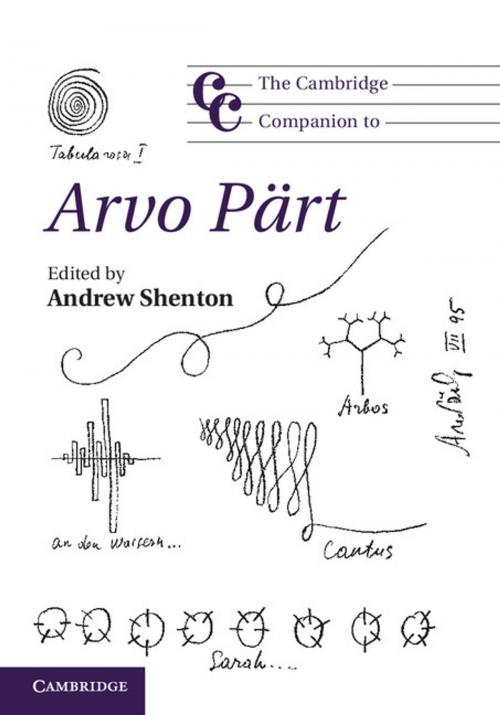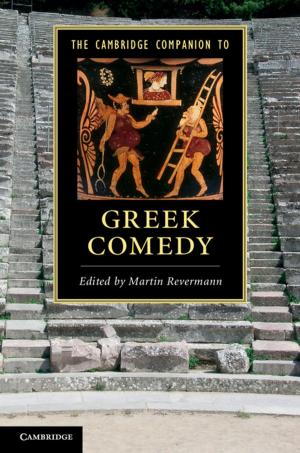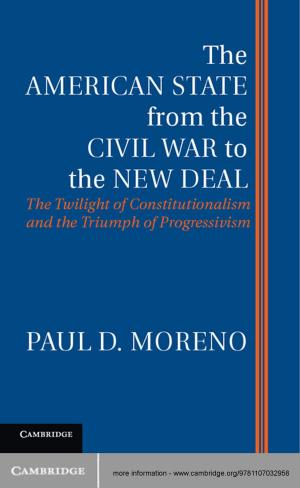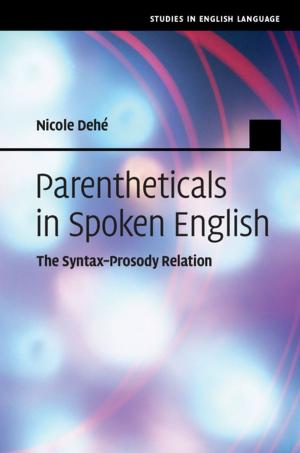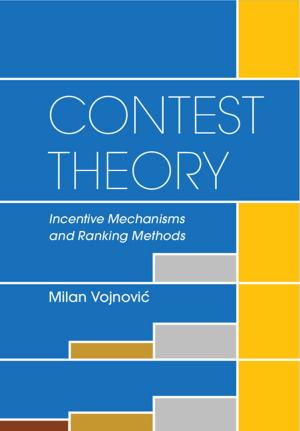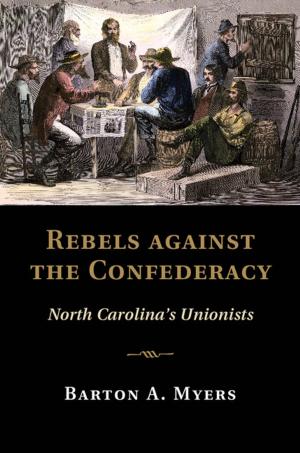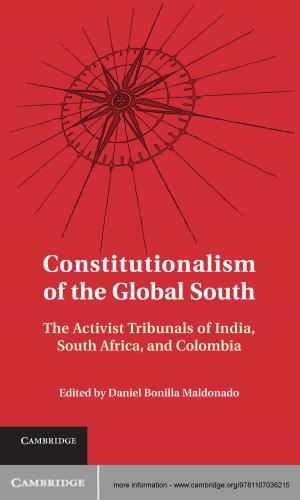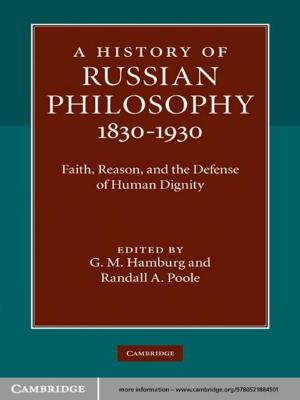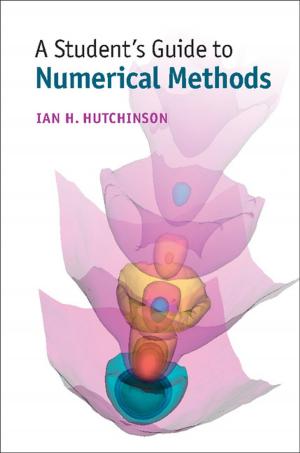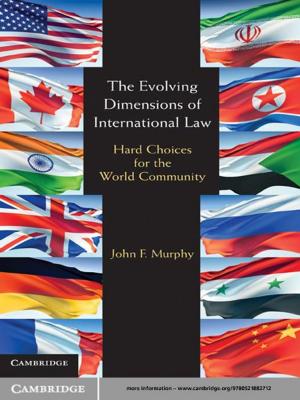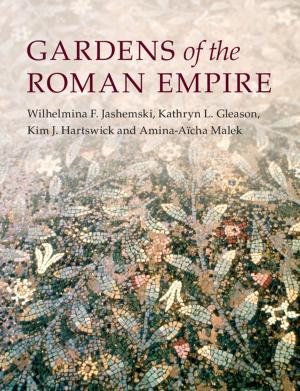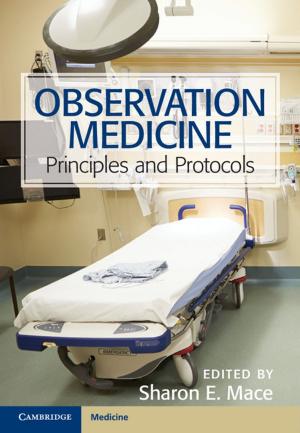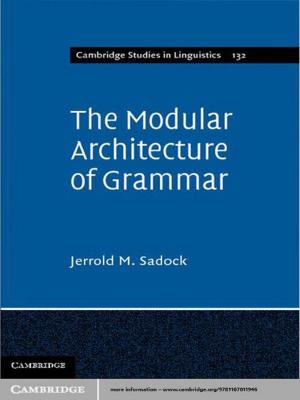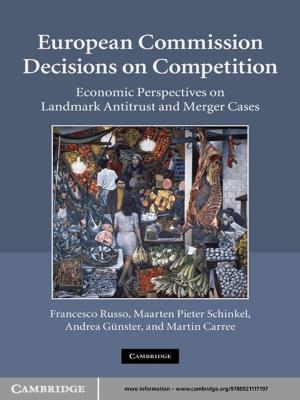The Cambridge Companion to Arvo Pärt
Nonfiction, Entertainment, Music, Theory & Criticism, History & Criticism, Reference| Author: | ISBN: | 9781107487062 | |
| Publisher: | Cambridge University Press | Publication: | May 17, 2012 |
| Imprint: | Cambridge University Press | Language: | English |
| Author: | |
| ISBN: | 9781107487062 |
| Publisher: | Cambridge University Press |
| Publication: | May 17, 2012 |
| Imprint: | Cambridge University Press |
| Language: | English |
Arvo Pärt is one of the most influential and widely performed contemporary composers. Around 1976 he developed an innovative new compositional technique called 'tintinnabuli' (Latin for 'sounding bells'), which has had an extraordinary degree of success. It is frequently performed around the world, has been used in award-winning films, and pieces such as Für Alina and Spiegel im Siegel have become standard repertoire. This collection of essays, written by a distinguished international group of scholars and performers, is the essential guide to Arvo Pärt and his music. The book begins with a general introduction to Pärt's life and works, covering important biographical details and outlining his most significant compositions. Two chapters analyze the tintinnabuli style and are complemented by essays which discuss Pärt's creative process. The book also examines the spiritual aspect of Pärt's music and contextualizes him in the cultural milieu of the twenty-first century and in the marketplace.
Arvo Pärt is one of the most influential and widely performed contemporary composers. Around 1976 he developed an innovative new compositional technique called 'tintinnabuli' (Latin for 'sounding bells'), which has had an extraordinary degree of success. It is frequently performed around the world, has been used in award-winning films, and pieces such as Für Alina and Spiegel im Siegel have become standard repertoire. This collection of essays, written by a distinguished international group of scholars and performers, is the essential guide to Arvo Pärt and his music. The book begins with a general introduction to Pärt's life and works, covering important biographical details and outlining his most significant compositions. Two chapters analyze the tintinnabuli style and are complemented by essays which discuss Pärt's creative process. The book also examines the spiritual aspect of Pärt's music and contextualizes him in the cultural milieu of the twenty-first century and in the marketplace.
